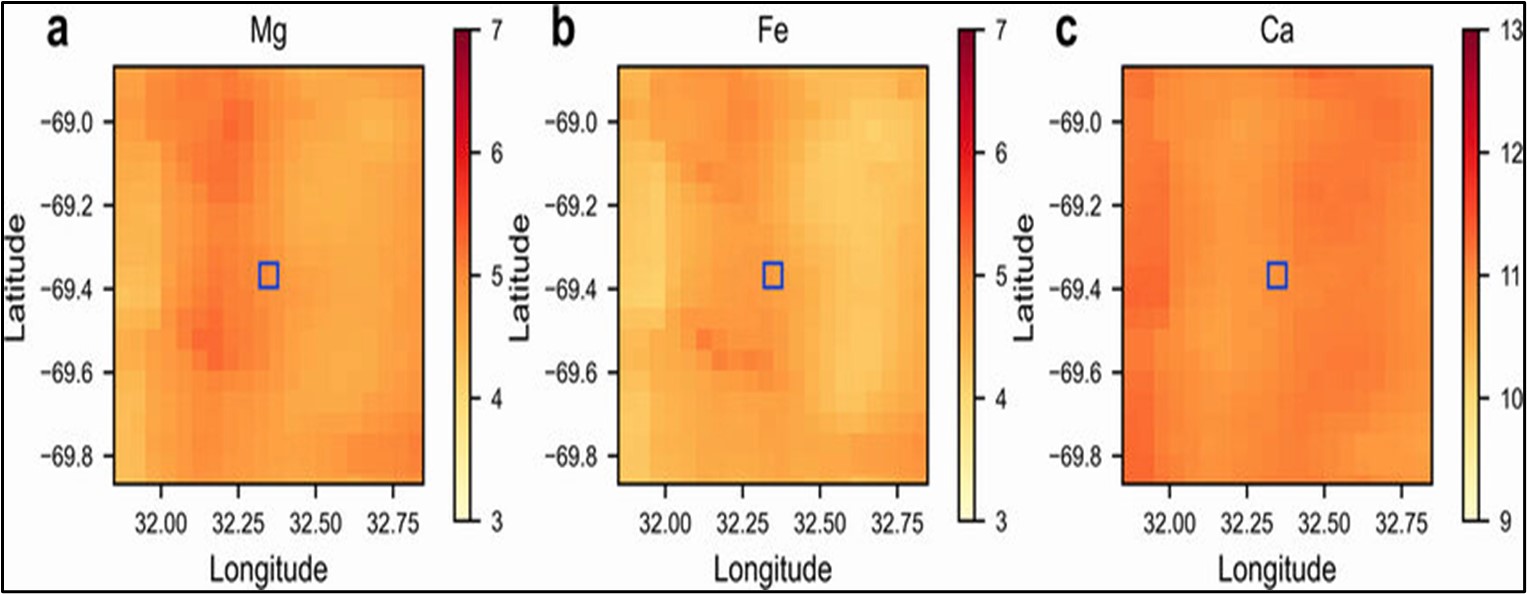PREVIOUS
Elemental Abundance Measurements of Lunar Soil
September 1 , 2024
83 days
178
0
- Chandrayaan-3 mission has provided the first in-situ elemental abundance measurements of lunar soil in the South Polar Region of the Moon.
- Data of the Alpha Particle X-ray Spectrometer (APXS) on the Pragyan Rover used for this.
- These measurements support the Lunar Magma Ocean (LMO) hypothesis.
- This hypothesis suggests that the Moon’s primordial crust formed as lighter minerals floated to the surface.
- The findings endorsed the theory that magma formed the Moon's surface around 4.5 billion years ago.
- APXS also detected the higher levels of magnesium-rich minerals, indicating contributions from deeper lunar layers.
- Scientists also found evidence of a huge meteorite crash in the region four billion years ago.
- The crash is thought to have made the South Pole–Aitken basin, one of the largest craters in the solar system, measuring 2,500 km across.

Leave a Reply
Your Comment is awaiting moderation.


